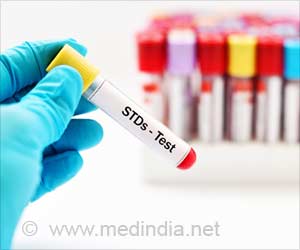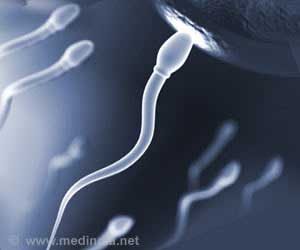Making a significant advance towards new infertility treatments and a male contraceptive pill, scientists at Rensselaer Polytechnic Institute have identified key biochemical
Scientists at Rensselaer Polytechnic Institute have figured out what puts sperm "in the mood" for fertilization; a path-breaking discovery that may help in the progress of infertility treatments and a male contraceptive pills.
Dr. Mark D. Platt, a researcher from the Department of Chemistry and Chemical Biology, notes that sperm cannot fertilize an egg immediately after entering the female reproductive tract.He points out that sperm must acquire this ability after undergoing an activation process called "capacitation".
He further highlights the fact that this process involves phosphorylation-common biological modification that causes cellular activities to be turned "on" by the addition of phosphate molecules to certain amino acids within proteins.
However, the specific biochemical details have been a deep mystery.
Platt and his colleagues used laboratory mice, and compared the extent of phosphorylation in both capacitated and non-capacitated sperm samples.
The researchers identified 44 peptides exhibiting differential phosphorylation, on 59 specific amino acids, suggesting that modification of those particular sites was essential for the capacitation process.
The relative ratio of phosphorylation between the capacitated and non-capacitated samples were also reported, providing the first biochemical description of what puts sperm "in the mood".
The study appears in ACS' Journal of Proteome Research, a monthly ublication.
Source-ANI
TAN











